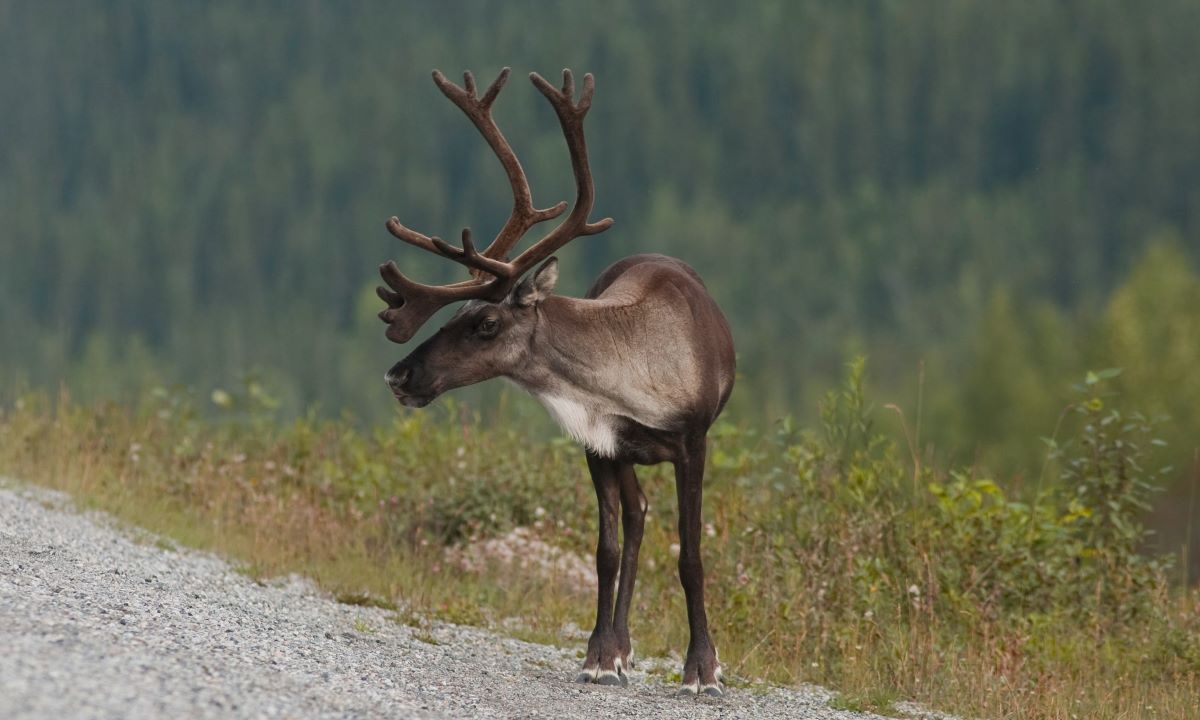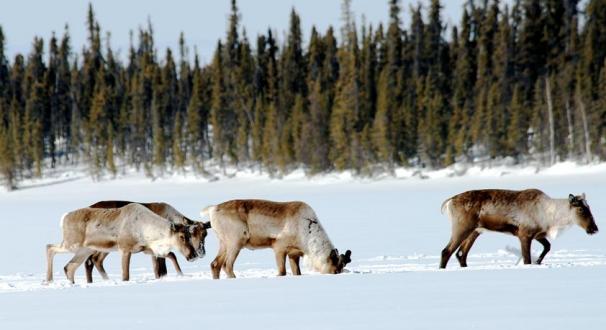Habitat Selection and Population Trends of the Torngat Mountains Caribou Herd
Resource
We fitted collars on 35 adult caribou to assess seasonal habitat selection at 2 spatial scales, current and future population trends, and interactions with the neighboring migratory caribou herd.




